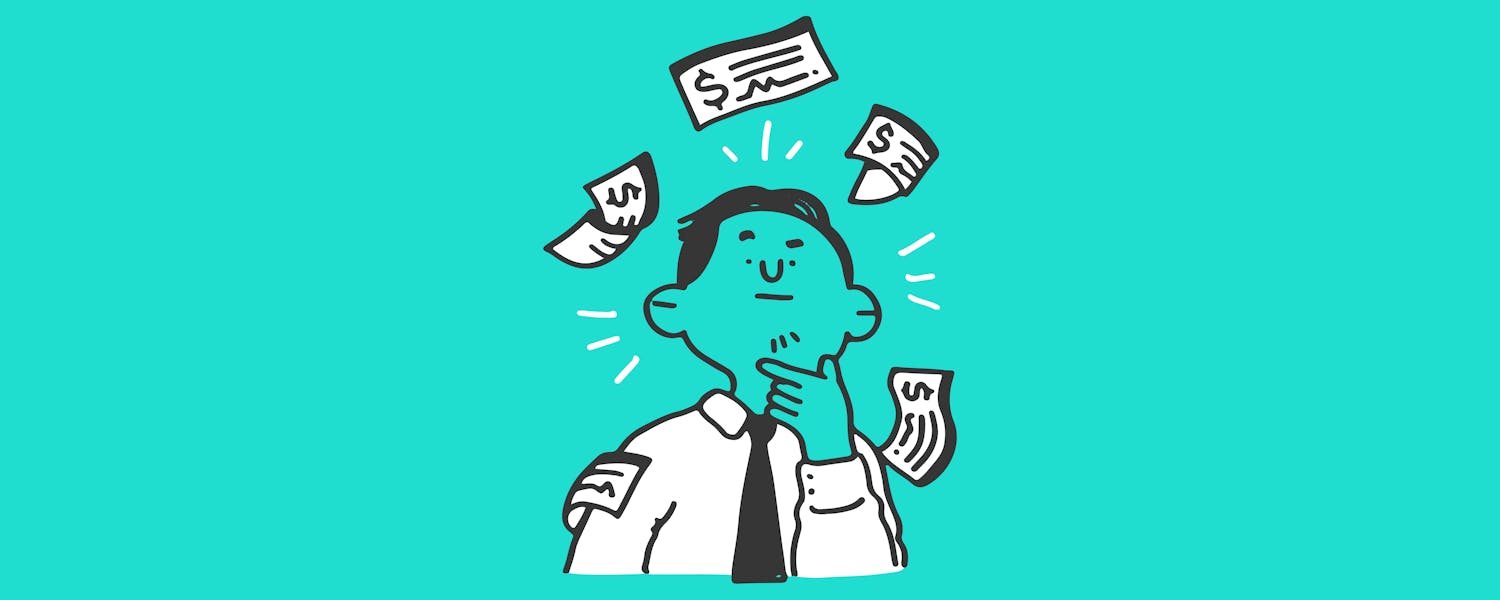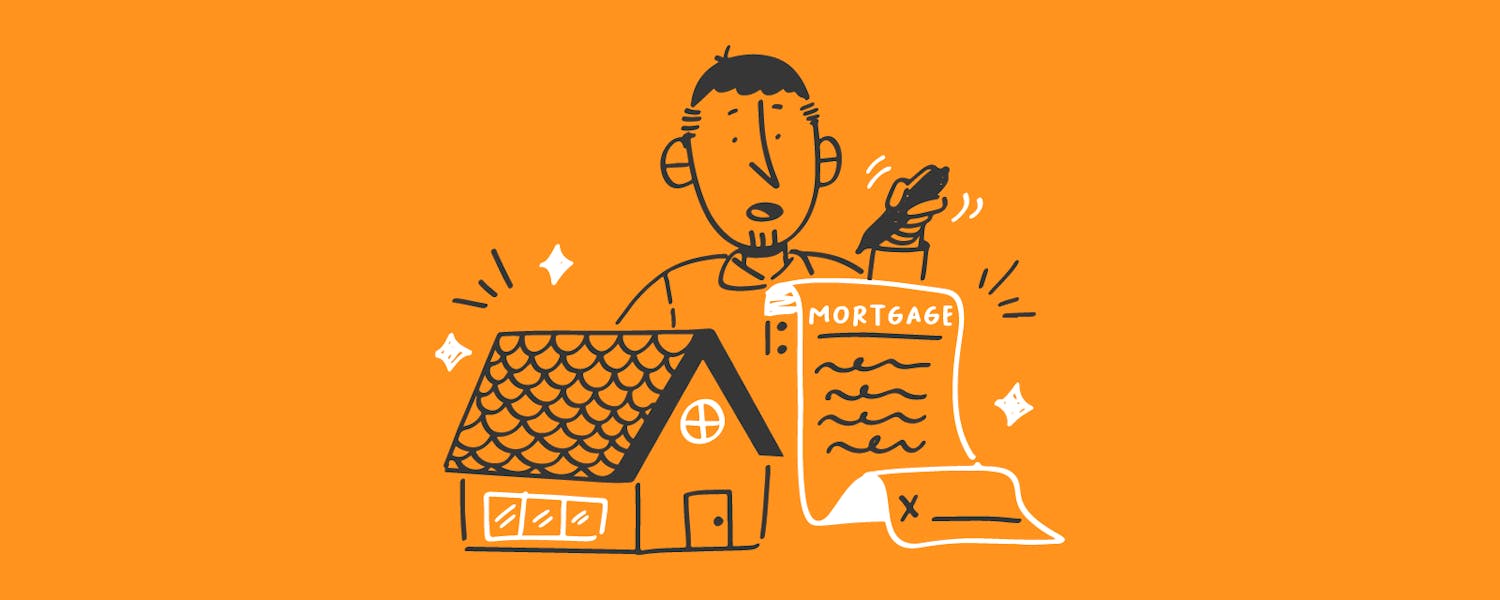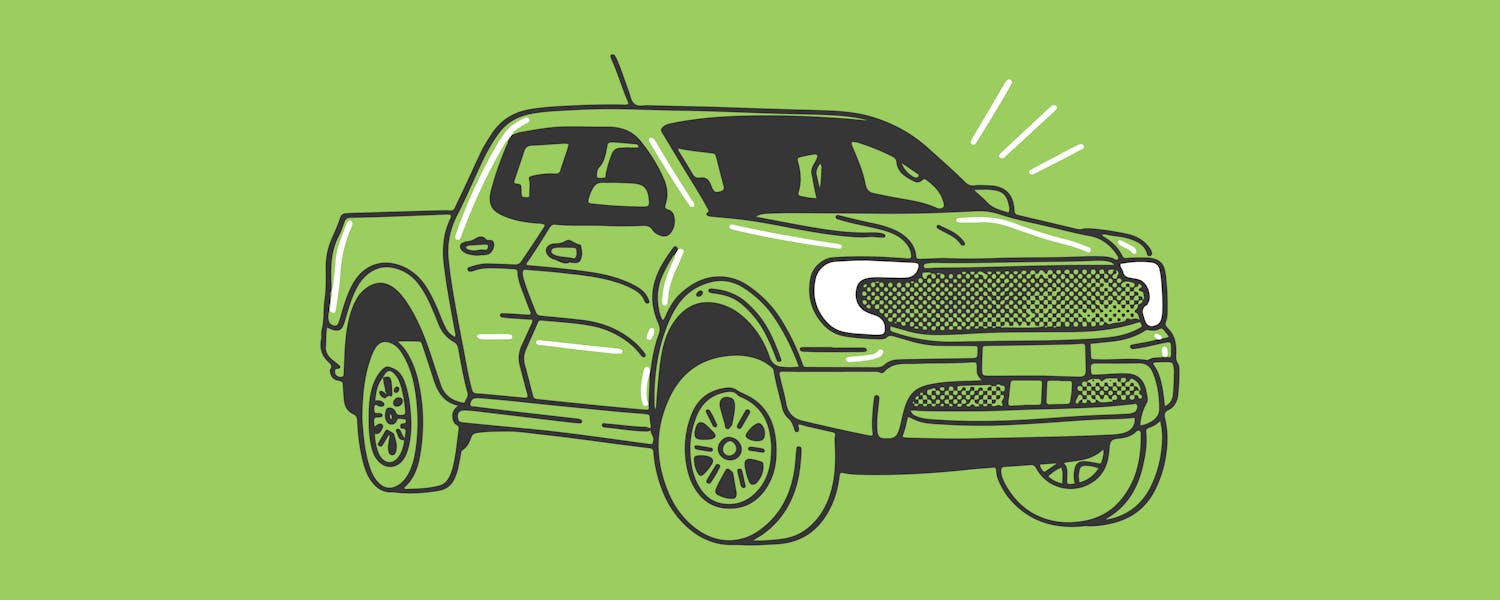Should I Lease or Get a Car Loan?
Before buying a car, you must determine what you can afford. Your budget should include saving for a down payment, your monthly payments and your car’s spendings.
When you buy or lease a car, there’s more to consider than the car lease or loan payment. You must also consider gas, tolls, parking, maintenance, to name a few. Choosing the right car means choosing one you can afford, and that suits your family’s needs.
Buying a Car – What to Consider
If you buy a car, you own it with a lien because the bank has priority on the car if you stop making your car payment.
Before you buy a car, consider this.
Envato/lyalya_go
First, determine how much you can put down on it. Plan to put at least 20% down, but a higher down payment is even better to get approved for a car loan.
The more money you put down on the car, the lower your monthly payment, and the more cash you have available for other costs, including parking, gas, tolls, insurance, and maintenance/repairs.
Ideally, your car expenses should be no more than 10 to 15 percent of your monthly income. This includes all related expenses, such as insurance, repairs, and maintenance.
When you pay your auto loan off, you own your car and can do what you want. You may also sell the car before you pay off the loan, but all proceeds from the sale must first pay off your loan. If there is money left, you may keep the profits.
Important Terms to Know When Buying a Car
Envato/ORION_production
You'll hear these important terms if you decide to buy a car. Understanding what they mean and how they affect your purchase makes you a more informed buyer.
- Down payment – This is your starting investment in the car. For example, if you buy a $30,000 car and put down 20%, you’d use $6,000 of your savings or other liquid assets to put down on the car and would finance the rest.
- Loan term - For how long you have to repay the car loan. The longer the term is, the lower your monthly payment. However, the more time it takes to repay the loan, the more interest you’ll pay. It’s best to take the shortest term you can afford.
- Monthly payments – You’ll pay principal and interest monthly. The principal is a repayment of the money you borrowed, and the interest is the cost of borrowing the funds.
- Interest rates – This is what the lender charges to lend you the money and to wait for repayment for 3 – 5 years.
- Early payment options – Most auto lenders allow you to pay your loan off early, but read the fine print to ensure you won’t incur a penalty.
Leasing a Car – What to Consider
Envato/LightFieldStudios
When you lease a car, it’s not yours. Instead, you ‘rent’ it from the leasing company and must abide by their terms.
Leased cars have more restrictions because you don’t own them, making them right only in certain situations.
When you have a car lease, you are on the hook for many different costs, including the following:
- Depreciation – Instead of borrowing money, you pay a prorated amount of the expected depreciation during the signed lease period. In other words, you pay for the amount the car’s value will depreciate while driving it.
- Interest charges – Many lease companies call these ‘rent charges.’ It’s just another word for the fee for lending you the car for the lease period.
- Security deposit – Some lease companies require a security deposit to protect themselves if you damage the car or don’t return it as agreed.
Envato/FauziEv8
While you make a car payment, it’s not a payment that helps you build equity in the car, and eventually own it. So you always turn a leased car into the lease company at the end of the term, unless you choose a lease buyout (buying the car from the lease company).
Important Terms to Know When Leasing a Car
When you lease a car, as we said, you don’t own it. Instead, you rent it from the leasing company and must know these terms to ensure you take on an agreement you can handle.
- Early termination – Many lease agreements penalize you if you turn the car in early. The leasing company depends on the funds expected from the lease agreement and enforces a penalty if you turn it in early.
- End-of-lease costs – When you turn the vehicle in at the end of the lease, you may owe end-of-lease costs as outlined in your agreement. You may also owe fees for any damages or excessive wear and tear.
- Mileage limits – Most lease agreements restrict you to a certain number of miles. If you exceed the mileage, you’ll pay an excess mileage fee, which is usually a flat fee per mile.
Envato/JoPanwatD
Comparing Auto Loans vs. Auto Leases
You should consider your lifestyle when buying or leasing a car, as leasing isn’t for everyone.
Here’s what to consider:
Do you drive a lot?
If you drive many miles, leasing may not be feasible. Most car lease companies restrict annual mileage to 12,000 – 15,000 miles. Some lease companies will negotiate higher mileage but at a higher cost. If you drive a lot, buying may be a better option.
Do you like new cars every couple of years?
Buying a car is a big investment you should hold onto for many years. Unfortunately, cars depreciate, unlike homes, so you won’t make money on the investment. Instead, it’s best to get your money’s worth out of the purchase by keeping it long-term. If you like to trade cars in frequently, consider leasing.
Envato/duallogic
Do you maintain your cars?
Lease agreements have strict requirements regarding following the manufacturer’s maintenance schedule and taking care of any issues immediately. If you violate the lease terms, you could be charged more. You only pay for routine maintenance but must bring the car in for service.
Do you put a lot of wear and tear on cars?
Lease agreements allow a certain amount of ‘normal’ wear and tear. You could be on the hook for extra fees if you exceed the limits. Buying a car may be a better option if you know you wear cars down easily.
Final Thoughts
Envato/innu_asha84
Choosing a car is a big decision, as is deciding whether to lease or buy a car. So, besides the car payment, look at your decision's overall cost and terms.
Look at the big picture and determine which offers the lowest costs over the time you drive the car. Then, include all extra fees, such as excessive mileage, and wear and tear, to see which bottom line is better for you.





